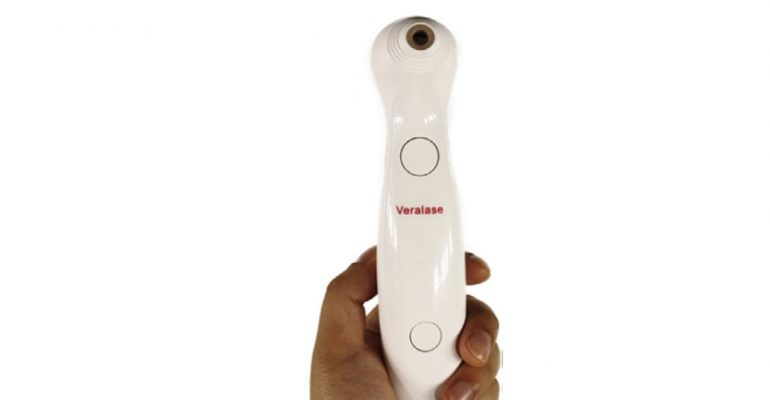To maximize vaccine efficiency, chemical and/or biological substances are used as immunologic adjuvants to increase the body’s immune response to the vaccine. A new class of vaccine adjuvant, namely laser light, is slowly becoming of interest for its potential benefit of being safer than the classical adjuvants and for being more efficient for intradermal vaccination. Most vaccines are still delivered by the intramuscular or subcutaneous routes but there is a growing interest in intradermal vaccine delivery. Indeed, the dermis and epidermis of human skin are rich in antigen-presenting cells that enhance the immune response. Laser light offers promising anticipation for its use with intradermal vaccines. Here at the Vaccine and Immunotherapy Center (VIC) we have focused on developing a new class of energy-based, physical immunological adjuvants. In particular, we recently developed a handheld near-infrared laser device that can potentially be used as an adjuvant in vaccine administration and at a lower cost than current commercially-available laser systems. The small size and the low cost of the device could be beneficial to engage this adjuvant for mass-vaccination programs.
As for laser therapy though, one of the biggest challenges to face is human skin pigmentation and its high variability. Laser application in subjects with darker complexions remains a topic of great concern. Melanin is the primary pigment that determines the color of the human skin and understanding the relationship between melanin and wavelength is fundamental in the use of laser devices for human therapies or treatments, as melanin interferes with specific target absorption. The near-infrared wavelengths, that the new laser device developed at VIC is capable of producing, makes, in principle, the variability of light absorption based on melanin chromophore almost negligible. This is extremely important for the prospect of mass-vaccination for patients with large quantities of melanin in the epidermis. This laser system, and the next-generation devices that Dr. Kashiwagi is currently working on, have the potential of a more uniform effect across skin pigmentation variability. In countries like the US where heterogeneity in the skin color population is high, a laser device with broader wavelength ability is extremely promising in the treatment of patients with different levels of epidermal melanin.






